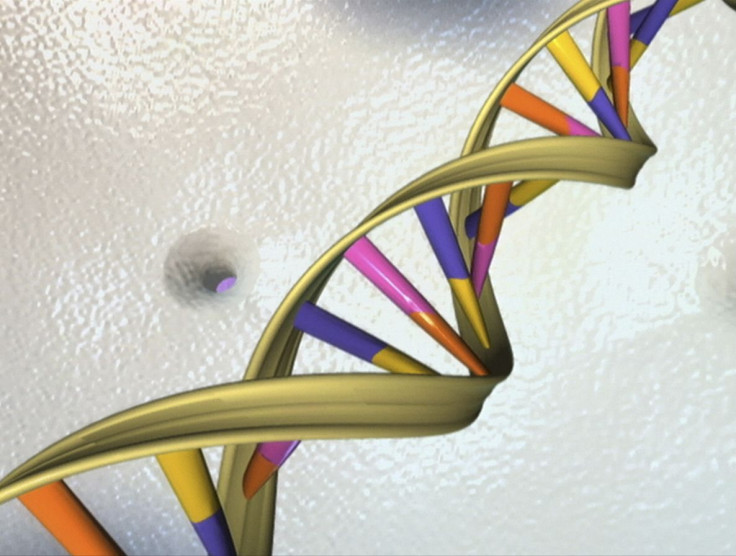Illumina Says New DNA Sequencer Delivers A Human Genome For $1000

$1,000 could buy you the world’s most expensive ice cream sundae or just around one share of Google stock – and now, maybe, the sequence of a human genome.
San Diego, Calif.-based Illumina says its newest sequencing platform, the HiSeq X Ten, is the first to break the $1,000 barrier for sequencing a human’s genetic code. It’s a benchmark that many companies have been chasing since the Human Genome Project succeeded in producing the first sequence in 2003 for a mere $3 billion or so. And it’s a figure that has been seen as one of the key steps on the road to making genome sequencing a cost-effective option for widespread medical use.
“This platform was purpose-built to enable large population-scale human genome sequencing,” Joel Fellis, an Illumina senior manager of product marketing, said in a phone interview. “There’s an explosion in demand [for this sort of thing]; we’re approached quite frequently by nations and centers looking to take on large-scale projects.”
The HiSeq X Ten is 10 HiSeqX machines put together, which together can sequence up to 18,000 human genomes per year, according to Illumina. The company says it can partially sequence five human genomes within a day, and completely sequence 16 human genomes within three days. The genomes are sequenced on a standard called 30X, meaning that every letter of the genetic code is read an average of 30 times. That super-attentive kind of proofreading is essential, according to Fellis.
“When you sequence a genome, you want to read each of the bases more than once,” Fellis says. “You’re looking at how the genome differs from a reference sequence, and to have confidence in that, you need to read everything more than once.”
Fellis says that one of the key technical improvements in this new model involves tweaks to the flow cell, a component that looks kind of like a microscope slide, studded with very tiny wells, where thousands of chemical reactions are performed in parallel. There have also been breakthroughs on the chemistry side that allow the machines to perform the reactions much faster.
“Ultimately, we think the widespread availability of human genomes is a good thing,” Fellis says. “It allows you to tie genetic information back to the phenotype. You can imagine, if you want to understand a complex disease like cancer, you’d need tens of thousands or hundreds of thousands of sequences.”
Illumina isn’t quite the first company to make a grab for the $1,000 genome crown. Life Technologies Corp. said in January 2012 that its Ion Proton Sequencer would be achieving that goal within a year. It was scheduled to put that claim to the test last year in the Archon Genomics X Prize, which would have awarded $10 million to a team that could sequence 100 human genomes accurately within 30 days, at the cost of $1,000 per sequence. But the contest was canceled last August when organizers said innovation was already outpacing the aims of the contest – indeed, the original rules laid out in 2006 set a cost goal of $10,000 per genome, which organizers revised in 2011 after seeing prices drop in the field.
Also, there’s a little bit of fine print when it comes to Illumina’s $1,000 cost breakdown. Nature points out that the CEO Jay Flatley’s $1,000-per-genome price pitch included the cost of the chemical reagents needed to run the machine, a portion of the initial price tag for the system (around $10 million), and pay for technicians who prepare samples and run the machines. But there’s some other overhead costs outside of that figure, such as the electricity used to keep the sequencers humming.
“It's a good deal if you can play in this game,” Chad Nusbaum, co-director of sequencing efforts at The Broad Institute of Massachusetts Institute of Technology and Harvard (which, along with Seoul, Korea-based genomic services company Macrogen and the Garvan Institute of Medical Research in Australia, is one of the first three HiSeq X Ten customers), told Nature. “It's like the high-stakes poker table: if you're playing $200 a chip, people who can't afford those chips don't care.”
If you don’t have $10 million to spare but still have a lot of genomes to sequence, you may be interested in Illumina’s other new product, the NextSeq 500. The desktop-sized sequencer can deliver one genome within a day, and it runs for a cool $250,000.
© Copyright IBTimes 2025. All rights reserved.





















